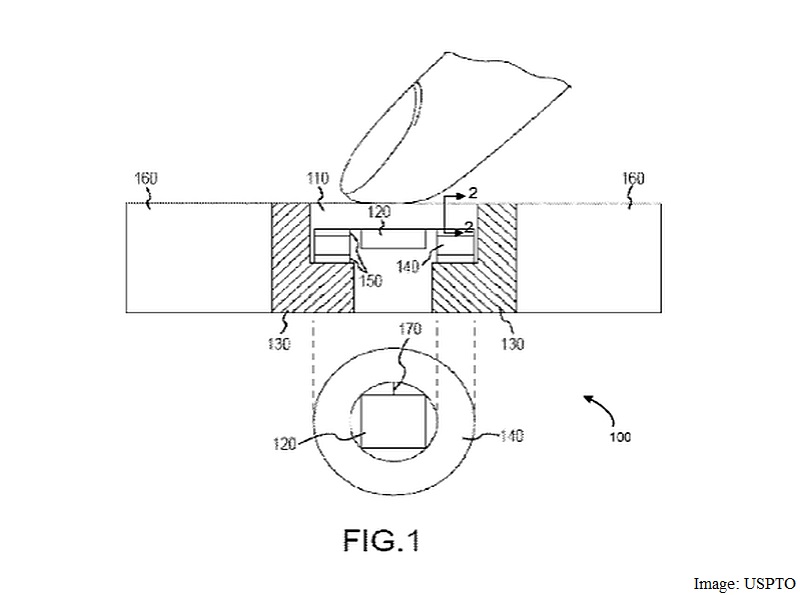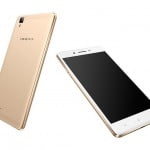
Apple has been granted a new patent, which suggests company’s future plans for its iconic circular home button on the iPhone and iPad. The patent, published by the US Patent and Trademark Office (USPTO) last week, gives an insight how Apple might use the home button as a trackpad on future iOS devices.
The patent titled “Force-Sensitive Fingerprint Sensing Input” filed on March 15, 2013 suggests that the company’s 3D Touch feature might shift from displays to the home button as well, making it act like a virtual mouse.
“An object can depress an input device, such as, for example, a function button in an electronic device. A resistive element having a mechanically resistive force can be disposed to resist the depression or movement of the input device. One or more electrodes can be disposed to provide a measure of capacitance based on the depression of the input device. A shield can be disposed to reduce the parasitic capacitance between the one or more electrodes and the object. The electronic device can include a fingerprint sensor operably connected to at least one of the one or more electrodes,” states the patent.
The patent hints that pressing the home button harder would trigger a different function, while pressing it lightly would initiate another feature. In some parts of the patent documents, it has been mentioned that the sensors around the home button can be divided in to four zones. Users’ deep press towards any of the four directions on the home button would navigate them around the screen. A sensor is also seen placed at the centre.
As with all patents, it is not necessary that the company granted the patent will use the technology in an actual production device. So, while we may never see Apple bring the virtual mouse functionality to a future iPhone or iPad model, we at least know the technologies the company is exploring.
Last week, another Apple patent granted by the USPTO showcased designs to bring multi-touch display technology to beyond the screen. The patent revealed that like 3D Touch, the technology provided new options to input, but measured presence and pressure in the opposite direction – i.e., above the display
[“source-gadgets.ndtv”]





